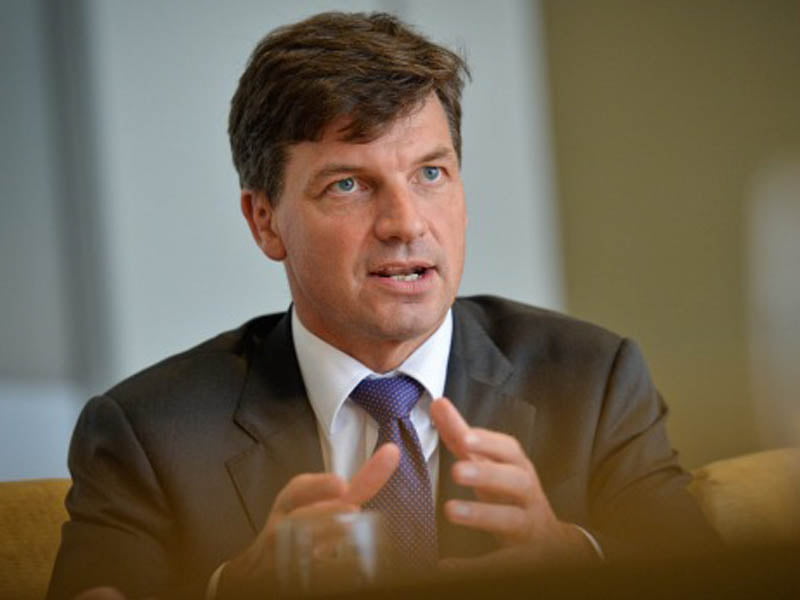The federal government paid US consulting giant McKinsey more than $6 million across this year to provide key modelling work for its technology-driven net-zero plan.
Prime Minister Scott Morrison earlier this week unveiled the 129-page plan for Australia to achieve net zero emissions by 2050, featuring “analysis” by McKinsey and the Industry department.
At a Senate Estimates hearing on Thursday afternoon, it was revealed that the consulting multinational was paid more than $6 million across two contracts for this analysis work, which was a key feature in the net zero plan.

Earlier this year McKinsey won a $4.86 million contract running from February to June to take the stretch goals from the Coalition’s technology roadmap and look at how to achieve them, and the impact of that across the economy.
This contract was originally worth $1.9 million but more than doubled in value across two amendments. It was listed on AusTender as merely being for “professional advice”.
The firm was then awarded a further $1.2 million to undertake a “bottom up” analysis on how abatement would occur across different sectors and compare that to the department’s own analysis.
This contract ran from late September to early November, and was listed as being for “professional services”.
“The modelling we commissioned from McKinsey was undertaken over a series of points in time over the year, some of it was commissioned early on,” Industry department deputy secretary Jo Evans told the Estimates hearing.
“As we proceeded to do the general equilibrium modelling we also asked McKinsey to do some bottom up work using that earlier analysis to tell us what they would’ve come up with using similar assumptions. That was done closer to the end.”
It was revealed earlier this week that Treasury had little involvement with the economic modelling underpinning the government’s net zero 2050 plan.
Industry department officials confirmed on Thursday that they were responsible for the plan and the modelling behind it. The industry department modelling team has been working on the issue since January, Ms Evans said, with members from Treasury and the Productivity Commission.
“We contracted McKinsey to do some additional work to support the development of the plan. We were very much responsible for the production of the plan, working with the minister,” Ms Evans said.
“My team presented results regularly to a meeting of departments across the Commonwealth so they were aware of the job we were doing.”
The modelling is yet to be released to the public, with Ms Evans saying it is still being written and adapted to be in a format to be released widely.
“The Prime Minister has indicated that we will make that material public within the next few weeks,” Ms Evans said.
“I can confirm we are finalising the writing up of that work. It’s quite a complex set of material and as the plan was only finalised on Tuesday we need to make sure we have written that work up. The write up of it we need to take a little bit of extra time to make sure it’s written clearly and able to be presented well to the public.”
Do you know more? Contact James Riley via Email.


Bypassing Treasury who told Estimates that they have not given any advice on this topic for years. Why fork out money from taxes if you have people employed who can do the job? Looks like shopping around for advice you want to hear rather.
‘The plan was only finalised on Tuesday’ – I call bulldust. As described in InnovationAus the plan released was clearly the same plan Taylor took to the Nats party room the Sunday before last. The McKinsey analysis is relied upon 24 times in the plan, and I am prepared to be the analysis hasn’t changed for weeks.
A Government that believed in its plan and its analysis would want all the evidence in the public domain at once, not drip-fed. To say the modelling ‘is still being written and adapted to be in a format to be released widely’ only suggests that the modelling will be selectively released.
Angus Taylor joined McKinsey & Co, the global management consulting firm, in 1994. He was made a partner in 1999. In 2019 his department paid McKinsey for $60 million? OMG! Nobody could believe that. It can’t be true. It must be another McKinsey, like McKinsey & Friends or McKinsey & Mates. That’s why you can’t see any of their models.